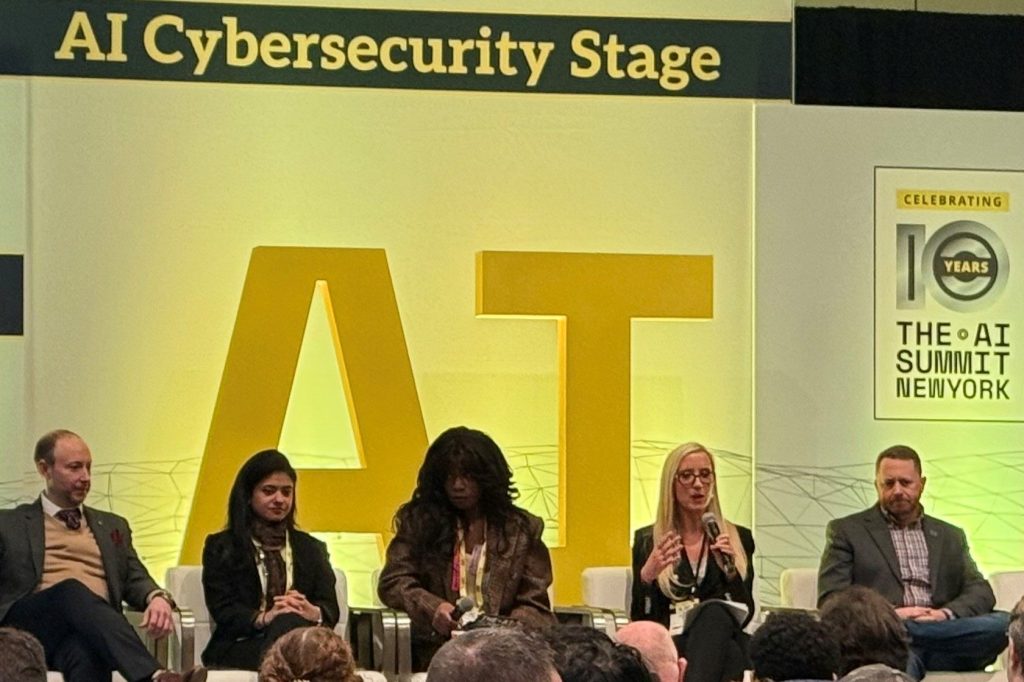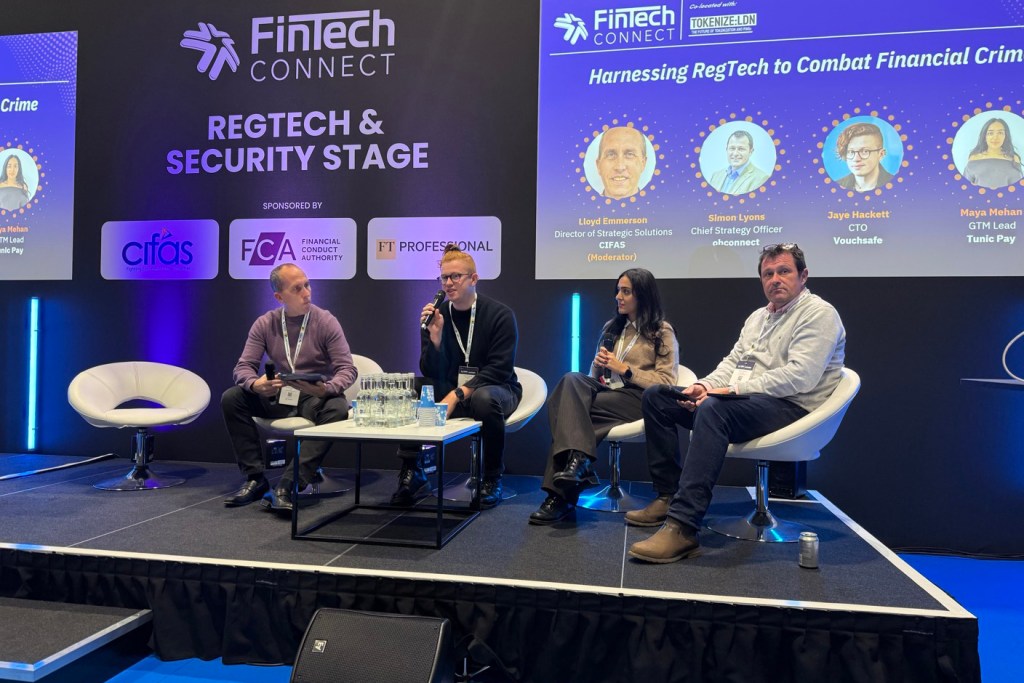It’s always a great discussion when Ian Amit and Darren Hayes are a part of it. Amit is a well-known computer security researcher, hacker and executive, and the CEO and co-founder of Gomboc.ai, a company helping to detect and solve cloud infrastructure security threats. Darren Hayes is a professor at
Register for free to keep reading
To continue reading this article and unlock full access to GRIP, register now. You’ll enjoy free access to all content until our subscription service launches in early 2026.
- Unlimited access to industry insights
- Stay on top of key rules and regulatory changes with our Rules Navigator
- Ad-free experience with no distractions
- Regular podcasts from trusted external experts
- Fresh compliance and regulatory content every day













